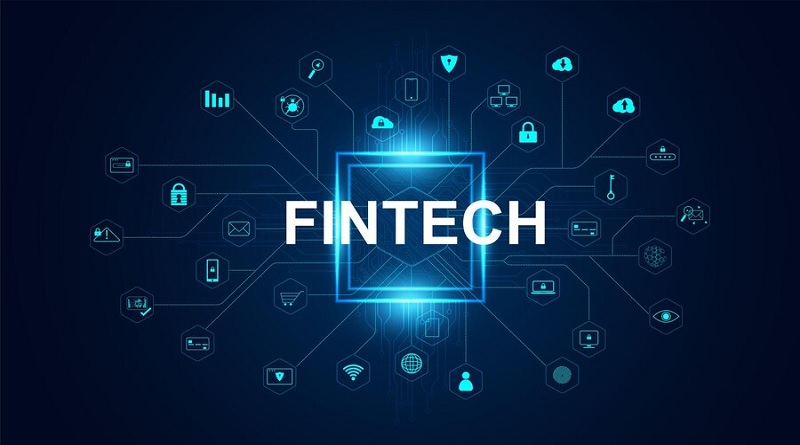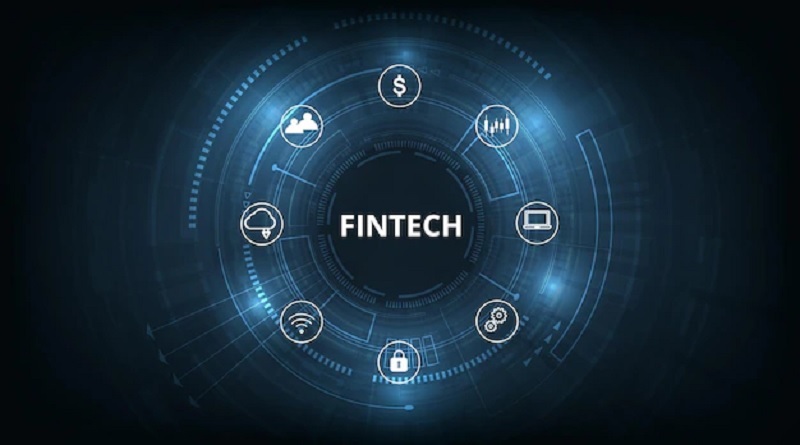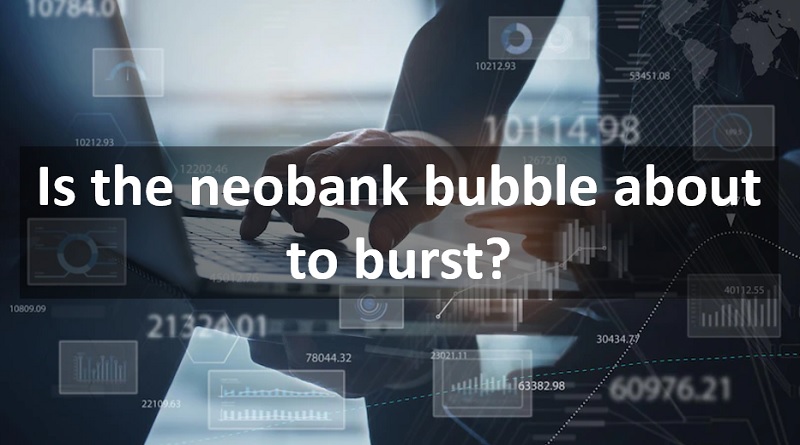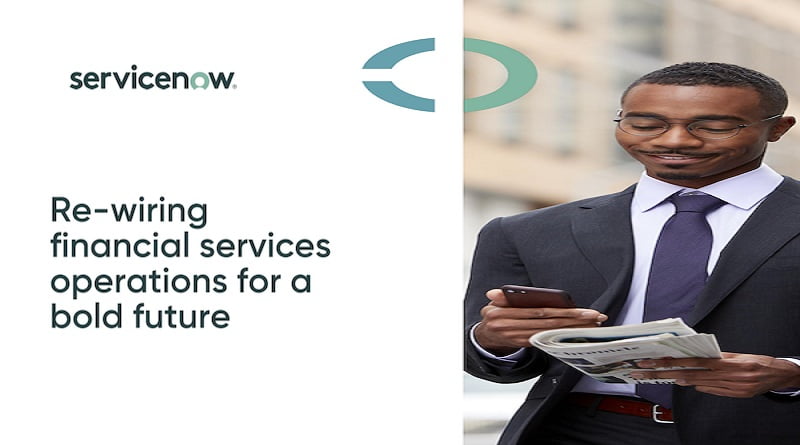Introduction to Fintech as a Service (FaaS)
Fintech as a Service (FaaS) is a business model that allows companies to outsource financial technology (fintech) services to third-party providers. This model provides companies with a more flexible and cost-effective way to access fintech services and improve their financial performance. Let’s explore Fintech as a Service and the impact of API solutions on Fintech.
What is Fintech as a Service?
Fintech as a Service is a growing sector in the financial services industry that offers a variety of services such as payment processing, lending, digital banking, wealth management, and more. Fintech companies that offer FaaS offer these services through cloud-based software-as-a-service (SaaS) platforms, APIs, and solutions.
This model allows companies to access a wide range of fintech solutions without having to invest in developing and maintaining these solutions internally, such as identity verification solutions that require birth control. biometrics, OCR and several other technologies to successfully verify a person online and screen against required regulatory and compliance standards. Fintech as a Core Service enables businesses to quickly adapt to changing market conditions and focus on their core competencies, rather than having to invest significant resources in the fintech system. Benefits of Fintech as a Service
Increased flexibility
Fintech as a Service provides businesses with the ability to quickly adapt to changing market conditions and customer needs. With FaaS, companies can add new services and features to their financial operations as needed without having to make large investments in new technology. This increased flexibility allows businesses to stay ahead of the competition and provide a better customer experience.
Improve efficiency
Fintech as a Service also enables companies to improve their financial performance and increase their efficiency. FaaS solutions are often integrated into existing workflows, which can streamline processes and reduce the need for manual intervention. This can lead to significant time and cost savings for the business.
Cut the cost
Fintech as a Service provides businesses with a more cost-effective way to access fintech services. With FaaS, companies only pay for the services they need, rather than having to make large investments in developing and maintaining the technology. This can translate into lower costs for businesses and improved profits.
Better customer experience
Fintech as a Service also helps companies provide better customer experiences. With FaaS, companies can offer their customers a wide range of financial services, including digital banking, asset management, and more, delivered on a digital platform. This can help you differentiate yourself from your competitors and attract new customers.
Example of Fintech as a Service
Payment processing
Payment processing is one of the most popular fintech services offered through FaaS. This service allows businesses to accept and process payments from their customers quickly and securely. FaaS payment processing solutions are often integrated with existing workflows, which can improve payment processing efficiency and reduce the risk of errors and fraud.
Lending
Fintech as a service also allows businesses to access lending services including personal loans, business loans, and more. FaaS lending solutions typically use advanced algorithms and data analytics to determine loan eligibility and provide personalized lending options to customers. This can help businesses provide a better lending experience to their customers.
Digital Bank
Fintech as a Service also offers digital banking solutions, allowing companies to provide their customers with online banking services. These services typically include account management, money transfers, and bill payments. Digital banking can improve the convenience and accessibility of banking services for customers.
Impact of APIs on Fintech: Driving innovation in the financial services industry In recent years, the growth of fintech has been a phenomenon and this has largely been driven by the introduction of APIs (Application Programming Interfaces). APIs allow different systems to communicate and exchange data, which has enabled the creation of new and innovative financial products and services.
What is API?
An API is an interface that allows different systems to communicate with each other. They allow developers to access data and functionality from another system, making it easier to create new applications and services. APIs are widely used in the software development industry and are becoming increasingly popular in the financial services sector.
Benefits of APIs for Fintech
Increase efficiency
The API enables seamless integration between disparate systems, reducing manual intervention and increasing operational efficiency. This leads to faster transactions, reduced errors, and lower costs for businesses and consumers. Using APIs can also help financial technology companies automate various processes, freeing up time and resources that can be better used elsewhere.
Innovation
APIs allow financial technology companies access to a wealth of financial data, leading to the creation of innovative financial products and services. This has allowed fintech companies to compete with traditional financial institutions and provide more personalized and cost-effective services to consumers. APIs have also enabled the development of new financial technologies such as blockchains, which have the potential to change the way financial transactions are performed.
Increased competition
APIs also increase competition in the financial services industry by allowing new entrants to the market and offering innovative products and services. This increased competition benefits consumers by offering more choices and discounts. Additionally, APIs can also help established financial institutions stay competitive by enabling them to offer new and innovative services to their customers.
Identity verification APIs are increasingly used by fintech companies to quickly, securely and efficiently verify their customers’ identities. Some of the main uses of the Identity Verification API in fintech are:
customer integration
One of the most prominent uses of identity verification APIs in fintech is during customer referrals. The API can verify a new customer’s identity by comparing their identity document with a government-issued database, ensuring that the customer is what they say they are. This helps prevent fraud and ensures that the fintech company is compliant with AML and KYC regulations.
Payment processing
The Identity Verification API can also be used to verify a customer’s identity when processing payments. This helps prevent fraudulent activity, such as chargebacks, and ensures customers are what they say they are before processing payments.
Account Management
The Identity Verification API can also be used to verify a customer’s identity when they change their account details, such as their address or phone number. This helps prevent fraudulent activity and ensures that the fintech company complies with AML and KYC regulations.
Anti-Money Laundering
The Identity Verification API can also be used to comply with AML regulations, which require fintech companies to verify their customers’ identities and monitor their transactions for suspicious activity. . The API can be integrated with a fintech company’s systems to provide real-time monitoring and alerting for any suspicious transactions.














